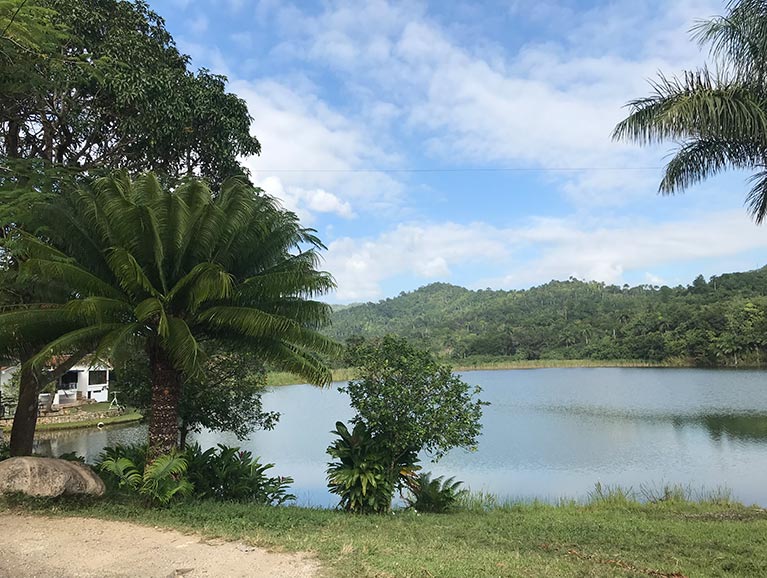Brandon Woodley: Student Report from 2017 Alternative Winter Break in Cuba
Location Guide for Havana, Cuba
This winter break I had the opportunity to do something that many Americans before never would have dreamed of doing: visiting the country of Cuba. During the Cold War, the U.S. launched the Bay of Pigs operation that would inadvertently spark the Cuban Missile Crisis. The attempt by the U.S. to overthrow the newly-installed Communist government led to Cuba’s reaching out to the USSR for assistance. Soviet premier Nikita Khrushchev authorized the secret deployment of nuclear weapons to the island in a bid to further protect the USSR from U.S. missiles stationed in Italy and Turkey.
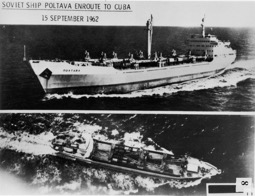
On October 16th, 1962, military advisors urged an airstrike and invasion of the island in an emergency meeting following this revelation. However, President John F. Kennedy had a different solution: a military blockade to prevent the missiles from ever reaching the island. A blockade of this type would be considered an act of war, but with careful wording, the blockade was relabeled as a quarantine that would not prevent basic necessities from being imported. In a scathing letter to Kennedy, Khrushchev wrote “The violation of freedom of use of international waters and international airspace is an act of aggression which pushed mankind toward the abyss of world nuclear missile war.” What followed would be the most intense days of the Cold War.
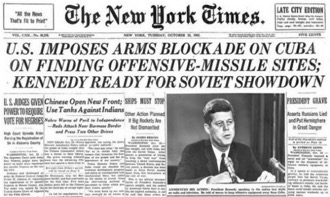
While the U.S. demanded the removal of the missiles, Cuba and the USSR insisted that they were only defensive. On October 27th, 1962, an American spy plane piloted by Rudolf Anderson was shot down by a Soviet missile. The same day, one of the USSR’s nuclear armed submarines was hit by a depth charge from an American navy vessel. The crew on the submarine debated whether or not this was an act of war. In order to launch its missiles, a unanimous vote was required by the three officers onboard. Two of the officers voted to launch, but officer Vasili Arkhipov voted against this notion, sparing the world from nuclear war for a while longer. The crisis continued however, even pushing the U.S. to declare for the first time DEFCON 2 – one level below nuclear war.
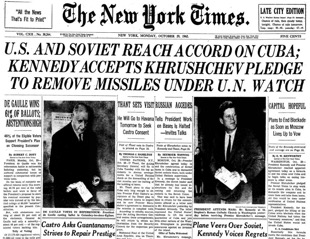
The crisis was later averted by Attorney General Robert Kennedy and Soviet Ambassador Anatoly Dobrynin. The two forged a proposal that would see the U.S. remove nuclear missiles from Italy and Turkey in exchange for the Soviet withdrawal from Cuba under U.N. inspection. Despite this however, the nation of Cuba was left under a full trade embargo by the U.S., which has resulted in a deterioration of relations and a disconnect between the American and Cuban people.
La Habana Vieja
La Habana Vieja or Old Havana is the heart of the city as most can imagine. As one of the oldest sections of the city, it would follow that this would be where most of the citizens call home. Within this area, there are a wide variety of government buildings including the Capitol building (“El Capitolio”), hotels, restaurants, and museums. Old Havana is also the city center and contains the majority of the populace, and surprisingly, tourists.
As an American, the thought of tourists visiting Cuba has never registered. With the embargo in place, the assumption was that tourism would be fairly low or limited severely. However, a lot of people from Europe, the Caribbean, and Latin American countries make the journey to Cuba and Americans are beginning to join in as well. This area of the city is truly alive with both tourists and locals. Many people wander the streets exploring, eating, and generally having a good time. The architecture in the area is reminiscent of older European cities. Most of the city has remained the same since colonial times with renovations now taking place due to the economy boost from tourism. The area where tourists can be found looks well taken care of, which it is. Moving past this area, you will see some areas that are crumbling or in disrepair. From my time there, I have been told that these areas will soon be under repair once the residents decide to move into new housing in the area known as “New Havana.” This area may shock many people with its sharp contrast of new and old, but I would recommend that one explore the area in its entirety. The city is one of the safest I have been in, despite an unfamiliarity with the country.
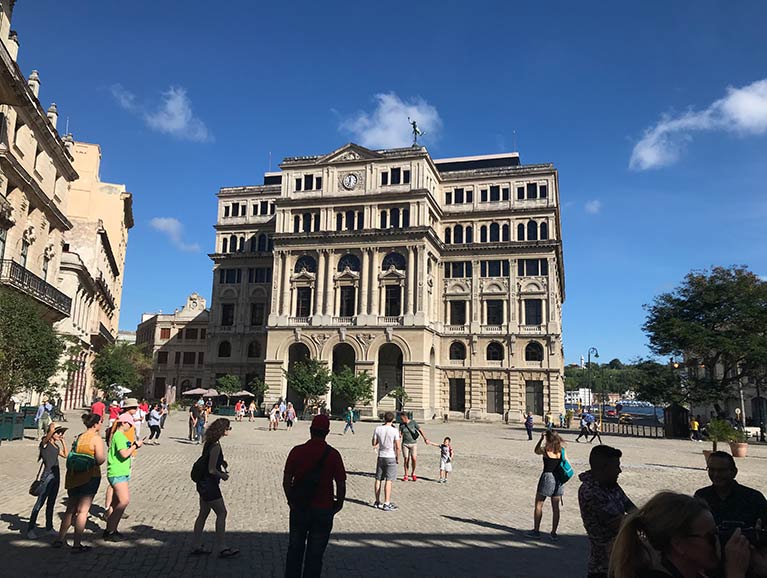
La Habana Nuevo
La Habana Nuevo or New Havana is one of the newer additions to the city. The area was originally constructed in order for residents to move from Old Havana to New Havana. However, many do not want to leave their homes in Old Havana and the government has no ability to remove them. My experience in this area was short but overall the experience was well-worth it. The comparison between Old and New provided some much-needed context to a foreigner. The area is almost suburban in nature, and many of the ‘wealthier’ individuals in Havana live here. New Havana is also near Havana Forest if you think that would interest you. A car tour may be the best option to explore the area with a guide.
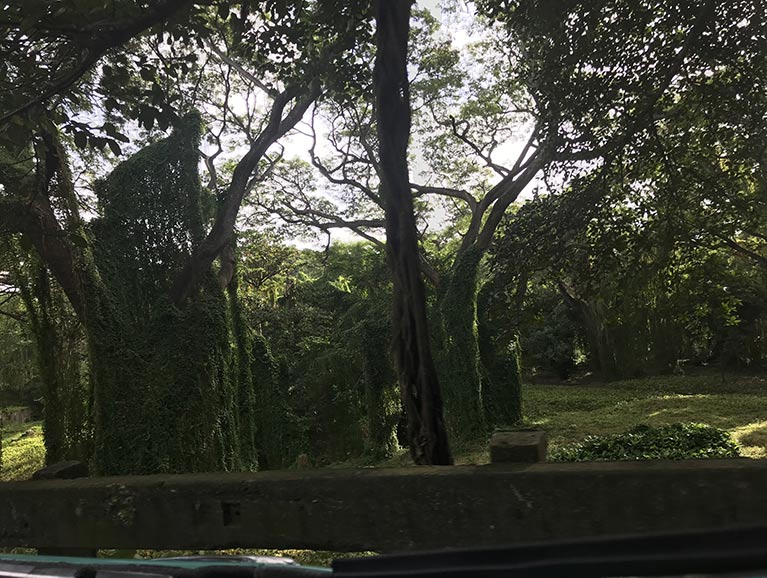
Fortaleza de San Carlos de la Cabaña | Castillo de los Tres Reyes Magos del Morro
La Cabaña, built alongside Morro Castle, is a unique and unexpected site in Havana. The fortress itself has a lot of history behind it, but its location would also surprise many. In 1762, the Spanish lost control of the castle to the British during the Seven Years War. This proved to be a critical error, since the castle rests on an island north of Havana. Its strategic location allowed the British to shell other locations in the city without interruption. A deal was later reached the British would return Havana in exchange for Florida. The decisive factor in the British conquest of the castle was the overland vulnerability of Morro Castle. Fear of subsequent attacks led to the construction of La Cabaña in 1763. The fortress replaced the fortifications of Morro Castle, and became the second-largest colonial military installation in the New World by the time it was completed. Today, the fortress serves as an historical park that includes a museum. To commemorate the closing of the city gates from colonial times, a cannon is fired at exactly 9.00 PM in a ceremony that is also open to public viewing. The sound from this cannon blast can be heard across Old Havana provided the conditions are right.
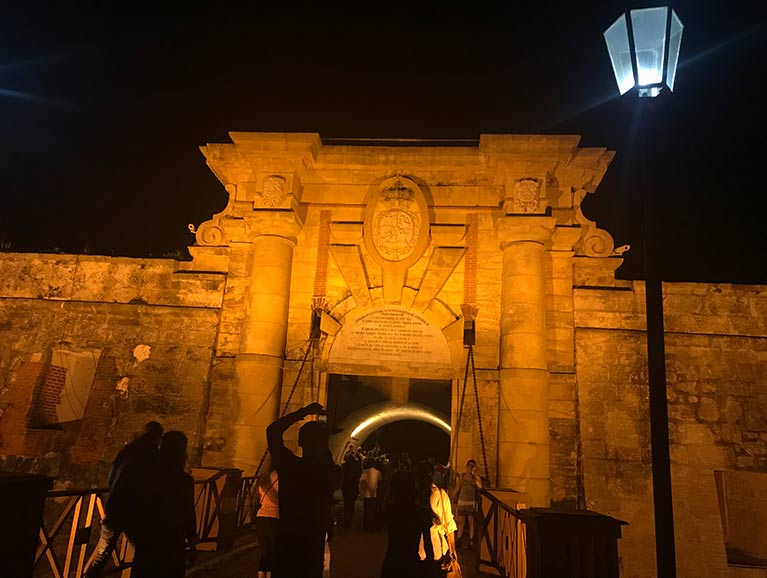
Near La Cabaña is the Christ of Havana statue (“Cristo de La Habana”) in the suburb of Casablanca. The sculpture overlooks the bay and the city, was built from 67 blocks of marble that had been brought from Italy after being personally blessed by Pope Pius XII. The sculpture is one of three that represent Jesus of Nazareth. There are two ways to reach the sculpture. You can pay a taxi driver to take you there, which is fairly quick and takes you through the tunnel under the bay and past La Cabaña. Or the other way, if you are able to, is to ferry across the bay and proceed up the hillside through Casablanca. While the walk can be tough, there is a midway point where you can take a break, and the location also provides an excellent view of Havana. I would personally recommend this route to get the best experience out of the visit.
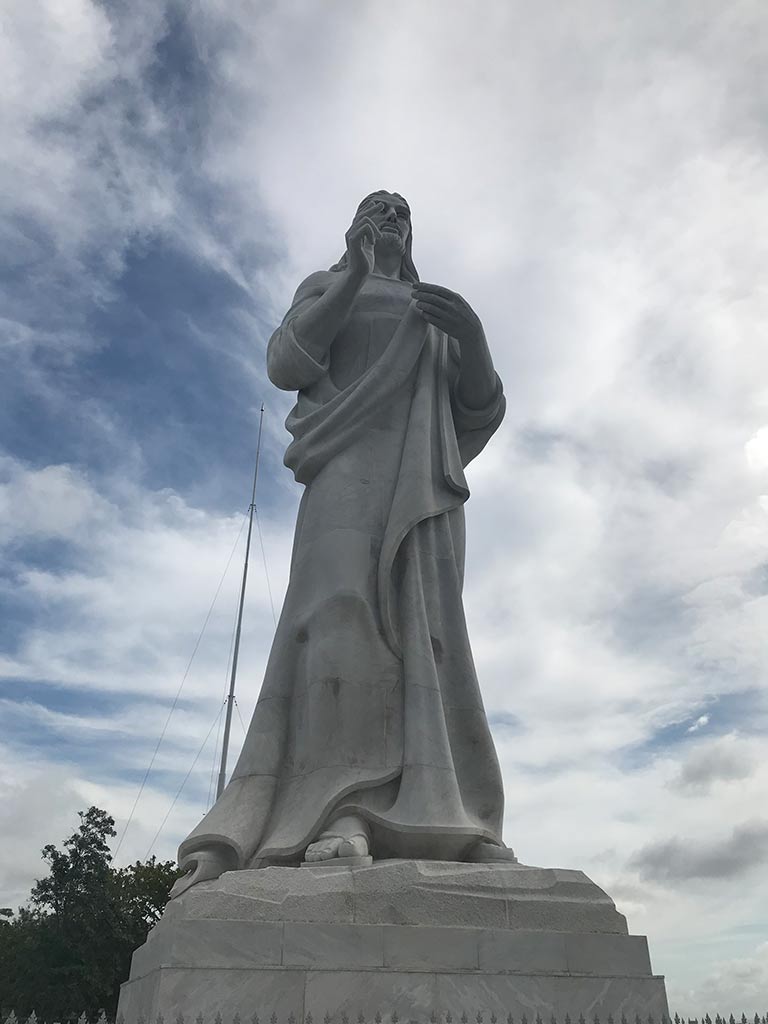
Casablanca
Described previously, Casablanca is a suburb of Havana near La Cabaña. Due to its location across the water, the suburb is disconnected from the rest of the city. The community relies mostly upon themselves and uses the money spent by people who visit the Christ of Havana to fund restoration projects. Having worked on some of the projects myself, I can say with confidence that major improvements are being made. The area where tourists can stop for drinks and food was completed by a previous group of U.T. Engineering students, and my team worked to add lighting to the area at night. The lighting will help others who want to camp out during the night, or people who just want to visit the area at a later hour. The people of Casablanca are very friendly, and there are many areas of Casablanca to explore if you like. You can also find handmade crafts from the locals if you wish to bring some back with you.
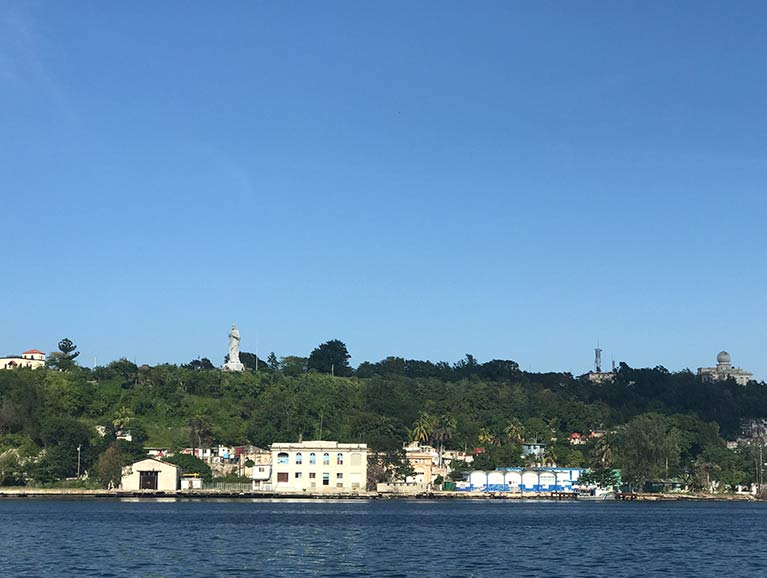
Las Terrazas
From the perspective of the modern world, visiting Cuba can feel like a step back in time. Las Terrazas is another step back from the rest of Cuba, and is a hidden gem that many do not know about or simply cannot visit. Las Terrazas serves as a natural biosphere for Cuba and contains a large variety of wildlife. Located west of Havana, the area sits on the mountainous area of Cuba which provides amazing shots of the scenery. The community that lives in Las Terrazas is self-sufficient and immigration into the town is heavily regulated due to the preservation strategy of the area. If you are permitted to enter the area, you can see a hotel that is built around the trees.. While you there, you will also see that most of the wildlife wanders the area freely. While it may not be what many expect from Cuba or a vacation, I think it is somewhere that people should experience if the chance is available.
